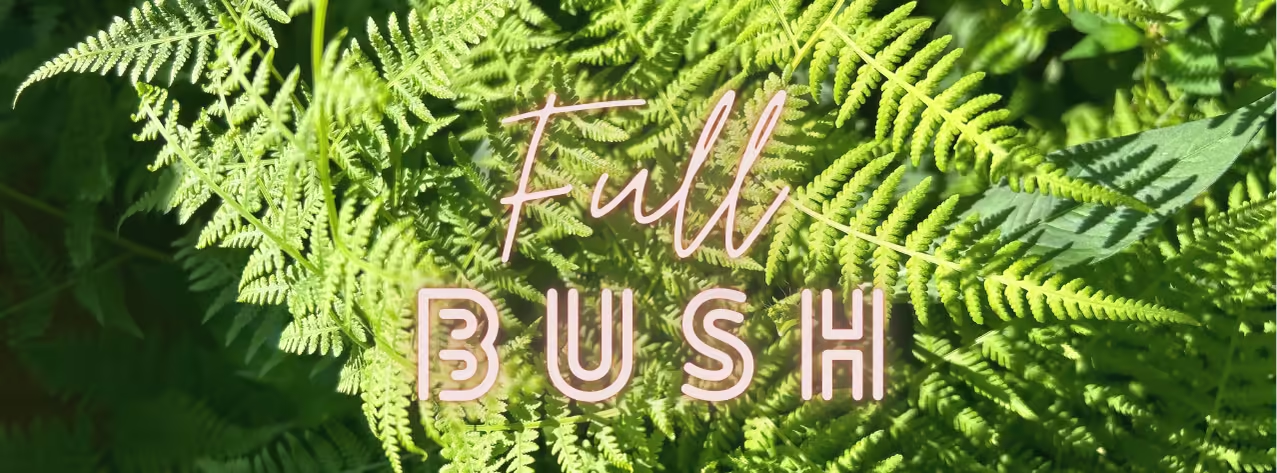
About My Journey
This space is where my journey into sustainable living, environmental justice, and backyard transformation has found its voice. What began as a simple gardening blog has blossomed into a deeply personal revolution of the heart—a way of living that prioritizes connection: to the land, to my family, and to the world we share.
This journey started in my backyard, quite literally, but its roots run far deeper. I became a mom, a remote worker, and a homeowner all within eight months—a whirlwind of change that anchored me firmly at home. Spending so much time in one place, I began to see my surroundings differently. It started with looking out the window, trying to break the monotony of the days. I noticed the seasons shifting, the colors changing, the tiny miracles unfolding in the plants and creatures around me.
Mothers of littles will understand that when you are a mother you are always looking down. And while watching my little one explore the world, her curiosity and delight guiding my own. Together, we began naming the plants in our backyard: wild violet, Virginia buttonweed, mock strawberry, broomsedge, chamberbitter. What was once just “the lawn” became a living, diverse tapestry. I learned that it wasn’t just grass, and they weren’t just weeds. These plants, these beings, had names, stories, and purposes.
A Backyard Revolution
I’ve always believed that a backyard can be more than just a patch of grass—it can be a sanctuary, a habitat, a statement of our values. For me, this meant rejecting the endless cycle of mowing, watering, and weeding. I wanted a space where native plants could thrive, where wildlife would feel at home, and where I could live in harmony with the natural rhythms of the land.
This vision led me to wildscaping, a gardening approach that works with nature rather than against it. It’s about embracing biodiversity, nurturing native species, and fostering ecosystems that sustain themselves. It’s also about honoring the gardeners who came before us and the Indigenous stewards of this land who understood its rhythms long before colonization disrupted them.
Growing Food, Growing Intentions
As my backyard evolved into a wildscape, my focus expanded to include food production and permaculture principles. I’m becoming more intentional about integrating these practices into my space, creating systems that are not just sustainable but regenerative. Permaculture offers a way to design for abundance, weaving food production into the backyard ecosystem without disrupting its balance. It’s about growing food in harmony with the land—planting fruit trees, establishing perennial beds, and creating composting systems that feed the soil. I’m learning to work smarter, not harder, by designing spaces that sustain themselves while also nourishing my family.
Learning From the Land
As I dug deeper into the soil, I found myself digging deeper into history. Who lived here before me? What plants and traditions sustained them? What is my responsibility, as someone living on this land, to honor their legacy and repair the damage of colonization? These questions have no easy answers, but they guide my choices and inspire me to take action—not just in my backyard but in my community.
“We mow what we don’t know.” These words from Nancy Lawson, author of The Humane Gardener, stick with me, reminding me to pause and learn before I act. What looks like a weed might be food for the larvae of endangered pollinators. What looks like chaos might be the perfect balance for a thriving ecosystem.
I’m here to share what I’ve learned about permaculture, environmental justice, and building ecosystems that feed themselves—and us. I also want to explore the deeper, sometimes uncomfortable truths about land ownership, colonization, and the role we play in shaping a just and sustainable future.
Thank you for joining me in this season of growth. Together, we can create spaces that are not just beautiful but meaningful, places where life flourishes in all its forms. Let’s dig in.
